Related Articles
-
Video - How Single Phase Induction Motor Works?
Read about working of induction motors here. All topics under single phase induction motor are…
-
Video: How Single Phase and Three Phase Transformer Works?
In today’s post, we will go through a video that explains the working of single phase and three phase transformers in detail. We have already discussed the working principle of a transformer and Why…
-
Video: How Stepper Motor Works?
How does a robotic arm in a production plant repeat exactly the same movements over…
-
Working Principle of Alternator
The machine which produces 3 phase power from mechanical power is called an alternator or…
-
4 Advantages of Stationary Armature in Alternator
An alternator operates on the same fundamental principle of electromagnetic induction as a DC generator i.e.,…
-
4 Advantages of Stationary Armature in Alternator
An alternator operates on the same fundamental principle of electromagnetic induction as a DC generator i.e.,…
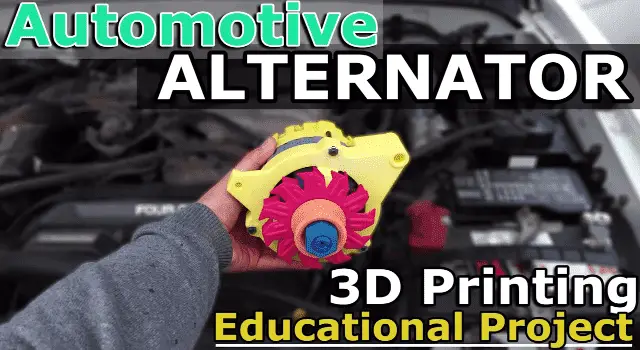
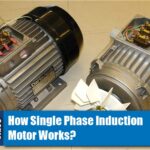
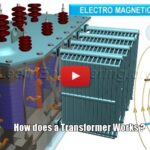
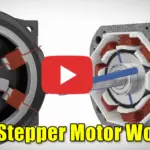

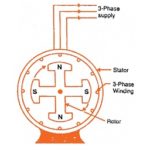
Great job three d printing the alternator. How ever when you were talking about how the internal parts work the explanation you gave about the voltage regulator was not correct. The voltage regulator controls the current going into the rotor windings. More or less current in the rotor winding equals more or less magnetic field that is generated by the rotor winding. Stronger or not as strong magnetic field reacts with the stator winding more or less thereby generating the output of the alternator. Stronger magnetic field in the rotor equals more out put in the stator. Weaker magnetic field in the rotor equals less out put in the stator. That out put is then rectified by the diodes to create DC current and sent to the battery. This intent of this comment is to help not criticize your work